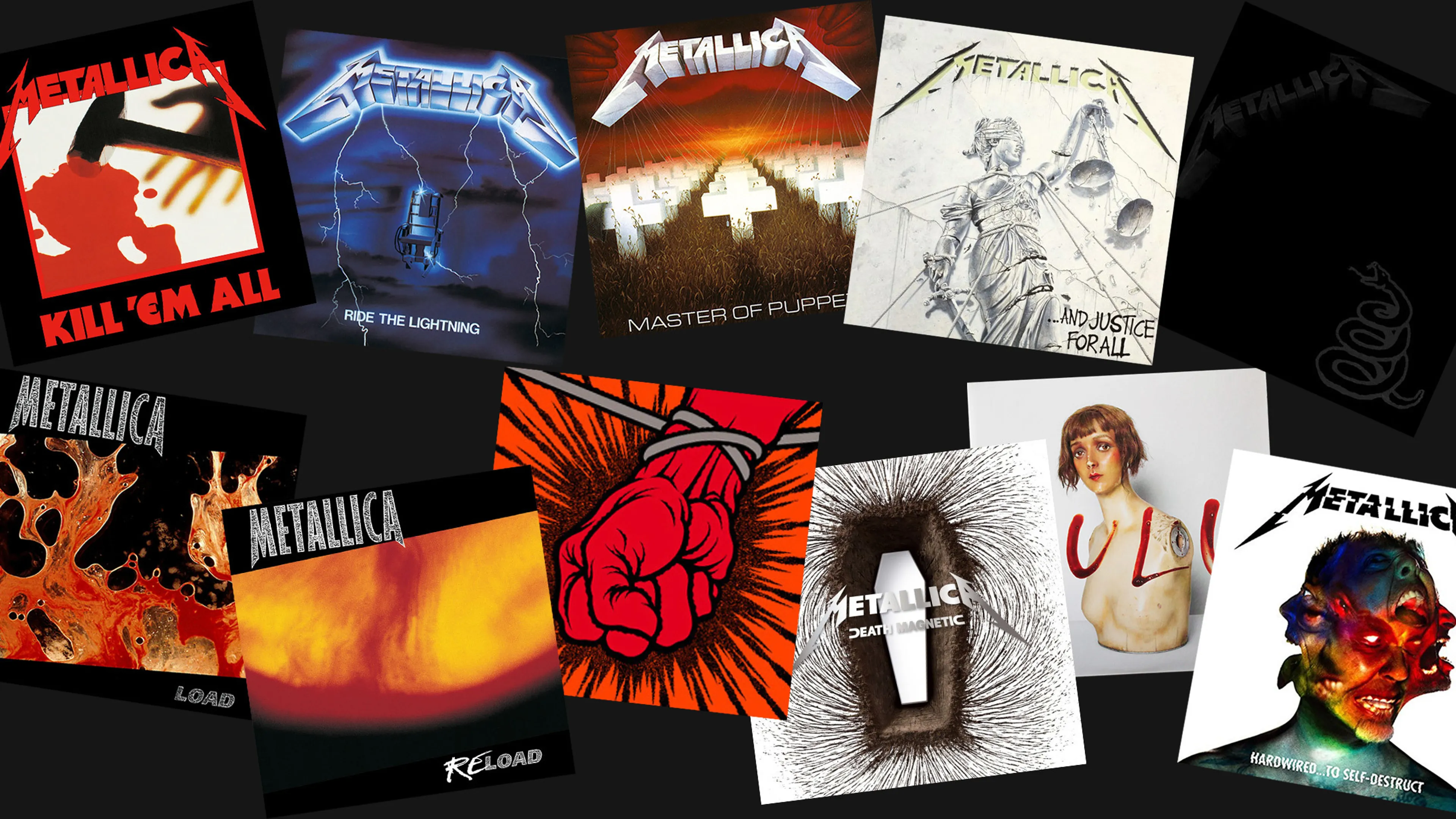It would be seriously stretching the truth to say that, on their debut album, Metallica sounded like no-one else – Diamond Head and Motörhead in particular are owed a debut of thanks – but in early-’80s Los Angeles, the quartet’s filth, fury and ferocity marked them out as downright weird. Yes, the production is a bit ropey – famously, early in the session, producer Paul Curcio halted a James Hetfield guitar take, telling the band’s frontman that the sound being committed to tape didn’t sound normal, only to receive the reply, “It’s not meant to sound normal” – but the sheer force and speed of Metallica’s earliest songs is utterly compelling. There’s forever debate about who was the first ‘thrash’ band, but with the likes of Hit The Lights, Whiplash, The Four Horsemen and Seek & Destroy, Metallica were already leaving their peers in the dust.
